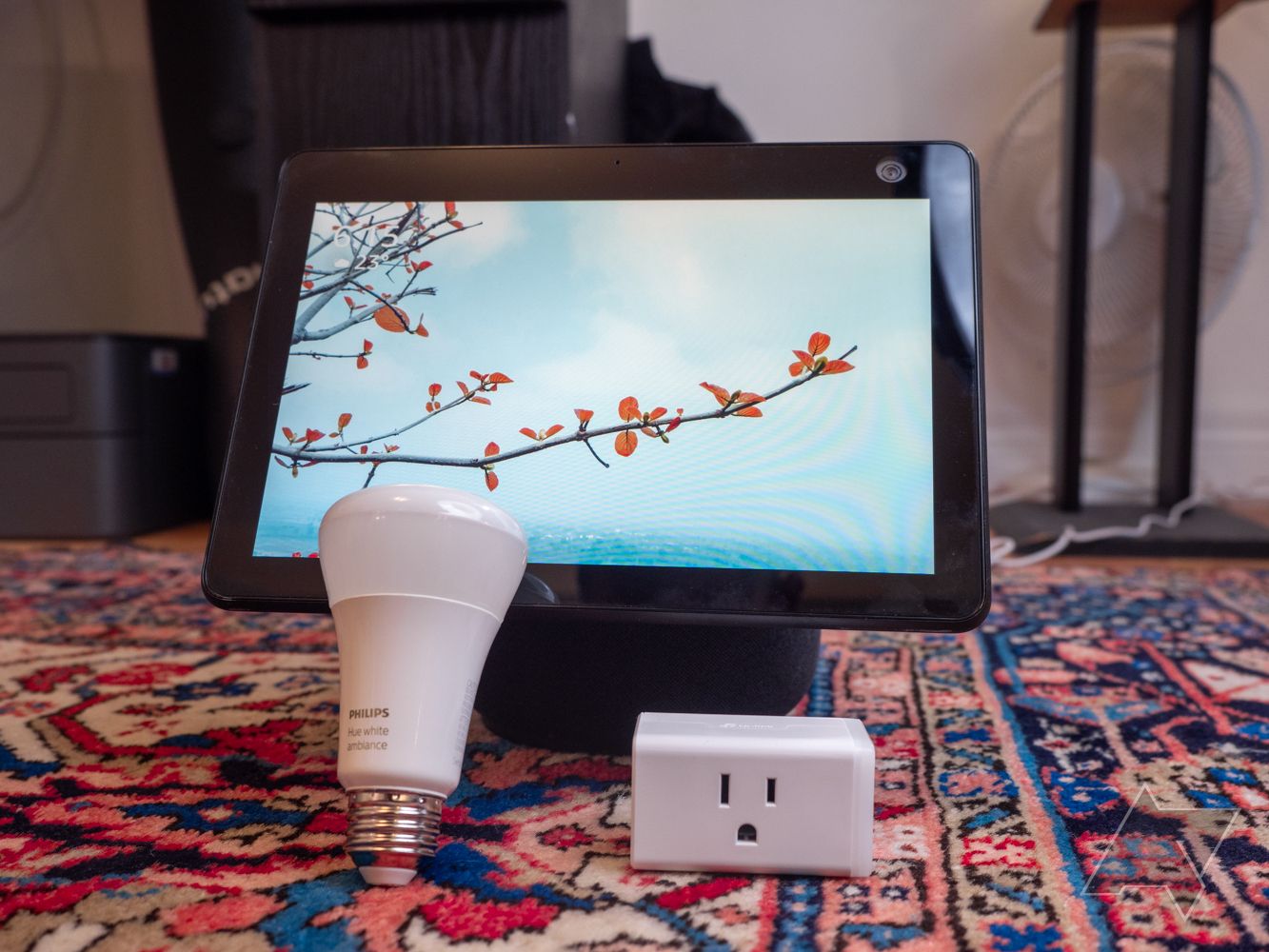Summary
- Version 2025.5 improves backup, voice, and automation tools, plus Z-Wave LongRange support for greater device coverage.
- Users can now customize backup retention rules, enjoy new voice options, monitor device connections, and paste YAML code.
- Home Assistant hits 2 million installations, offering offline functionality, thousands of integrations, and a growing community.
Home Assistant, the open-source platform that lets you control and automate
smart home
devices locally, just hit two million active installations. To celebrate the milestone, the May 2025 release brings many quality-of-life updates with it.
Version 2025.5 adds smart backup tools, new voice options, and upgraded automation features. There is also support for Z-Wave LongRange. This increases the coverage area for compatible smart home devices. Users now have more reasons to escape cloud lock-in.
A smarter, more flexible smart home platform
Home Assistant is designed to run on hardware you own, like a Raspberry Pi. It pulls together devices from different smart home ecosystems. Zigbee, Z-Wave, Wi-Fi, and Bluetooth are all merged into one locally-controlled dashboard. It’s a privacy-focused alternative to the big cloud-based hubs like Google Home or Amazon Alexa.
The May update gives users the ability to set custom retention rules per backup location. This means if you back up to both a USB drive and the cloud, each can have its own retention policy.
The update includes new emotional voice options for text-to-speech messages, a new tool to monitor how devices are discovered and connected to your home, some UI refinements, and the ability to paste YAML code directly into the automation editor.
Text-to-speech messages require a subscription to Home Assistant’s ‘Casa’ cloud.
The big 2-millionth household milestone
The biggest announcement Home Assistant made was hitting two million installations. The platform has grown into a respected alternative in the
smart home
space. Users want more control and less vendor lock-in.
Home Assistant supports thousands of integrations and works entirely offline. There’s no account or internet connection required for most of its functions. With continued development and a massive global community, Home Assistant shows no signs of slowing down.


